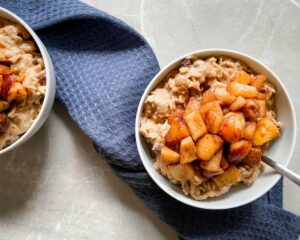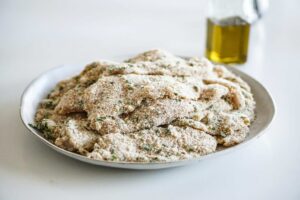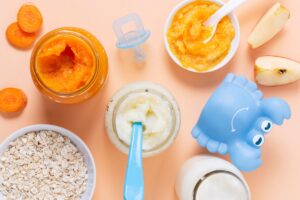
Cooking for Picky Eaters
Cooking for picky eaters presents a unique challenge that often requires both creativity and patience. Picky eaters, whether children or adults, tend to have a limited range of acceptable foods,


Cooking for picky eaters presents a unique challenge that often requires both creativity and patience. Picky eaters, whether children or adults, tend to have a limited range of acceptable foods,

If you aren't a fan of instant oatmeal, you'll want to try this recipe. This breakfast is full of fiber and whole grains, it is guaranteed to keep you

This recipe is so useful, you are going to have it memorized. It is a quick and easy meal for you and your kids. You can also add it

By LCWNS team How to Wean Your Baby Everyone knows that good nutrition is essential for children to grow healthy and strong. But as a new parent, you may feel

From The Best Baby Food Maker To Baby Food Storage, This Is The Equipment You Need Hey moms and dads! Ever wanted to make your own baby food but are not

Sign up for Laura Cipullo’s Nutrition & Wellness Newsletter to receive expert guidance on mindful eating, balanced nutrition tips, and practical advice for living a healthier, happier life. Choose what topics you want to hear about to get the resources you need.

Copyright © 2024 Laura Cipullo